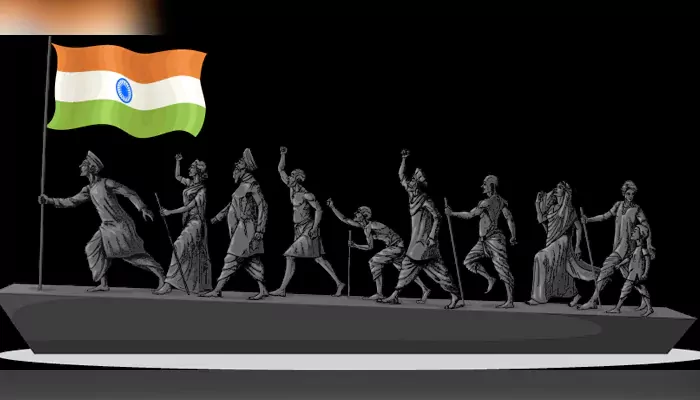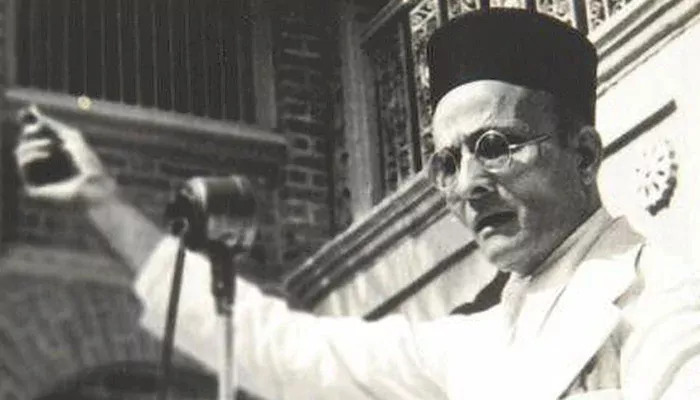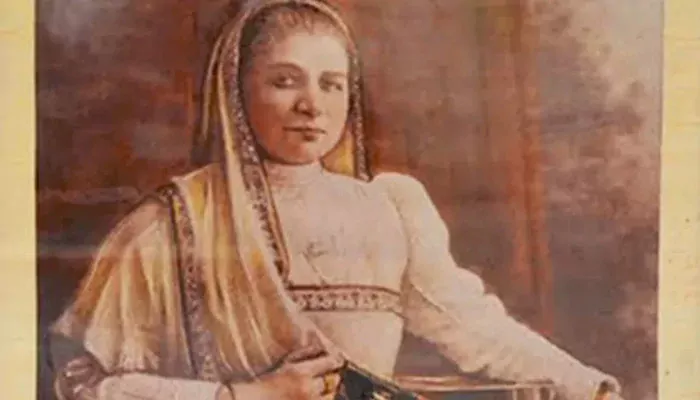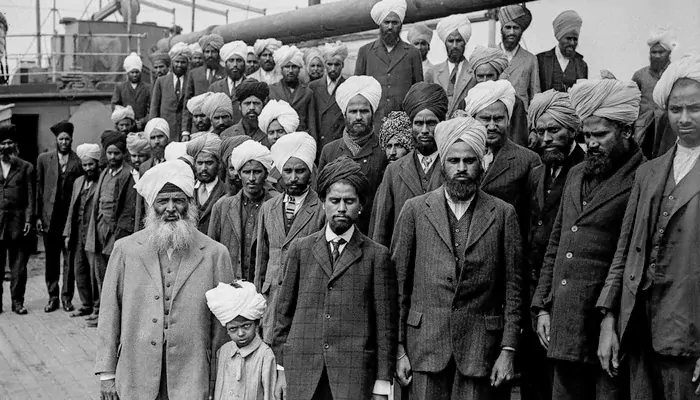
Far from home, they plotted the end of the empire — from cafés to congresses
The fight for India's independence was not confined to its soil. While many took to arms, protests, and prisons within the subcontinent, another breed of revolutionaries was building a rebellion overseas. These were the exiles—students, thinkers, firebrands—who found themselves in foreign lands, but with hearts burning for freedom. From the drawing rooms of London to the streets of San Francisco, they wove an international web of resistance that rattled the very core of British imperial power.

At the dawn of the 20th century, London became the nerve centre for many young Indians. Shyamji Krishna Varma, a barrister and Sanskrit scholar, established India House in 1905—a haven for nationalist students. But this was no quiet hostel. It brimmed with political thought, fiery debate, and calls for liberation. Varma launched The Indian Sociologist, a journal that directly questioned British rule. Young revolutionaries like Vinayak Damodar Savarkar found their ideological grounding here. The assassination of British official Curzon Wyllie by Madan Lal Dhingra in 1909, however, led to a severe crackdown, scattering the revolutionaries across Europe.

Paris, with its liberal air, became the next frontier. Bhikhaiji Rustom Cama, a fiery Parsi woman from Bombay, emerged as a key figure. She established the Paris Indian Society, which provided not only shelter but also strategic support. With the help of fellow exiles, she published Bande Mataram, a revolutionary newspaper banned in India but circulated clandestinely. Cama hosted gatherings of socialists, Russians, and Irish rebels, forging ideological links across liberation movements. Her base in Paris became a de facto embassy of the Indian revolution.
In 1907, Bhikhaiji Cama travelled to Stuttgart, Germany, to attend the International Socialist Congress. There, in a historic act of defiance, she unfurled a prototype of the Indian national flag. The tricolour bore green, saffron, and red, with "Vande Mataram" inscribed in bold letters. It was the first time the Indian flag had been presented on a global platform. Her speech electrified the audience: "This is the flag of independent India!" she declared. While most of Europe barely registered the moment, for Indian revolutionaries, it marked a turning point.
World War I opened new doors—and dangers. With Britain preoccupied in Europe, exiled Indians turned to Germany and the Ottoman Empire for support. A secret Berlin Committee was formed in 1915 by Virendranath Chattopadhyaya, Lala Hardayal, and others. Their goal was bold: incite a rebellion in India with German help. Plans included sending arms through Persia and Afghanistan. Though most efforts were thwarted, the vision of striking the British from multiple fronts became a template for later global campaigns.

Meanwhile, across the Atlantic, the seeds of rebellion took root in California. Indian immigrant workers—mainly Punjabi Sikhs—founded the Ghadar Party in 1913. Operating out of San Francisco, they published the Hindustani Ghadar newspaper, calling on Indians to rise against the British. Many Ghadarites sailed back to India during the war, planning to spark uprisings. Most were arrested, some executed, but their courage became part of the lore of global resistance.
Even as Ghadar flames flickered, another dramatic chapter unfolded in Kabul. In 1915, Raja Mahendra Pratap, Maulana Barkatullah, and Obaidullah Sindhi proclaimed a Provisional Government of Free India in Afghanistan. Recognised by Germany and the Ottoman Empire, it operated as a shadow state. Though short-lived, it was symbolically powerful—it told the world that Indians had not just a grievance but a government.
From Geneva to Tashkent, from Mexico to Moscow, Indian exiles continued to move—carrying messages, printing pamphlets, raising funds, and shaking hands with global ideologues. M.N. Roy, a key revolutionary, would go on to help found the Communist Party of India and influence international socialism. These globe-trotting rebels were not always united in ideology, but they were bound by one cause—freedom for India.
The British Empire underestimated the reach of rebellion. It wasn't just in the villages of Bengal or the jails of Lahore—it was in French cafés, German safehouses, and American printing presses. These exiles may not have fired guns, but they fired imaginations. They told the world that India's struggle was not a local mutiny—it was a global fight for dignity, and they would not rest until the flag they raised in exile flew freely at home.